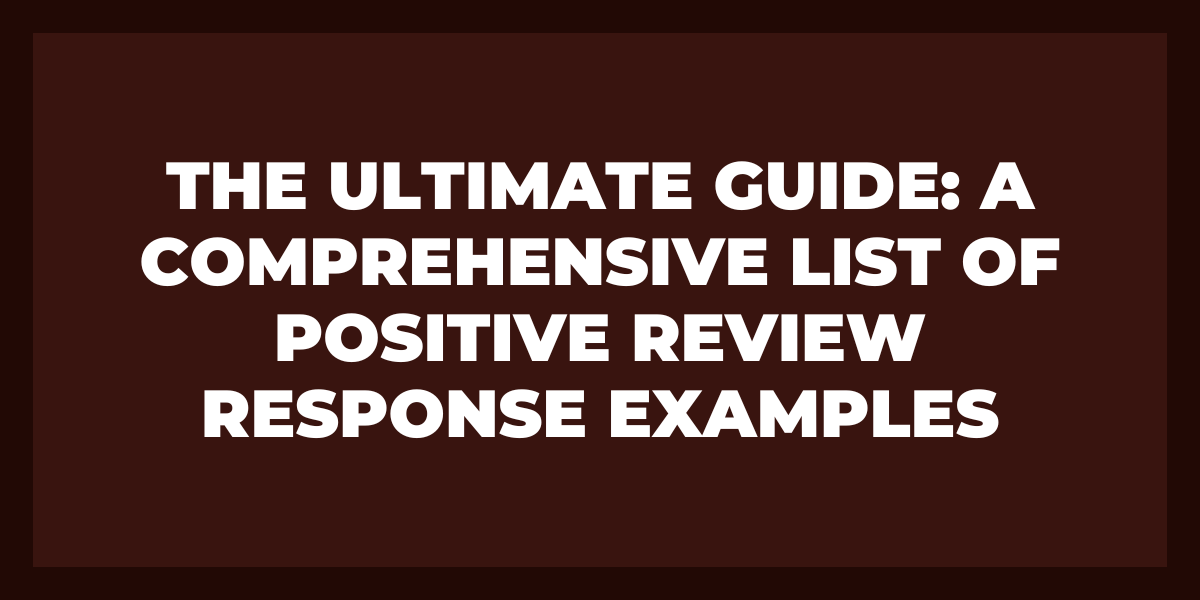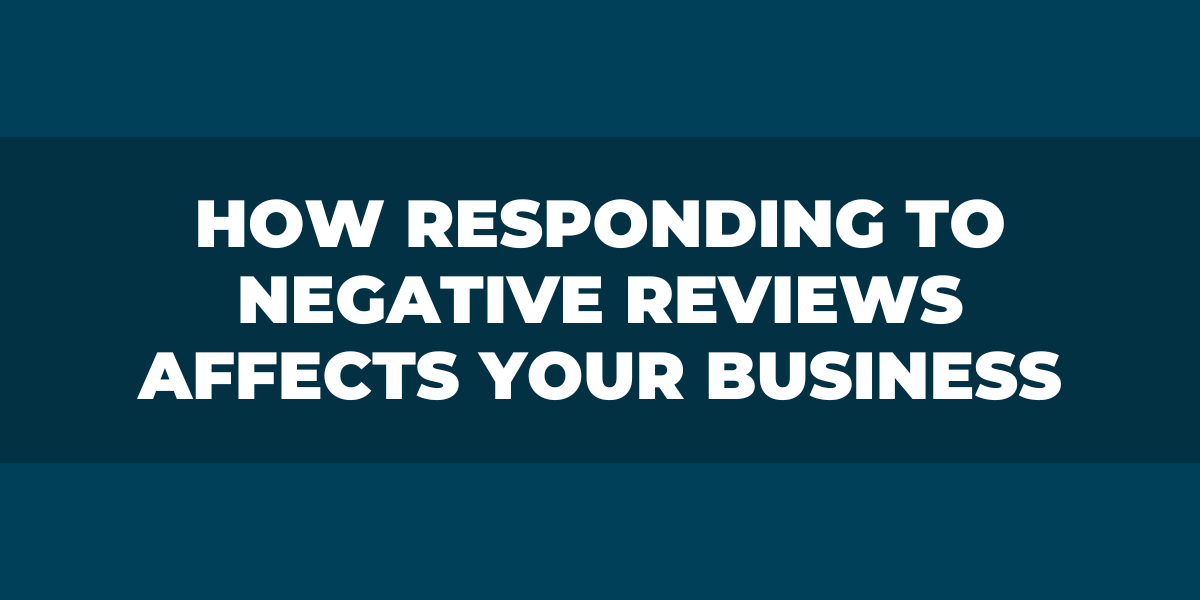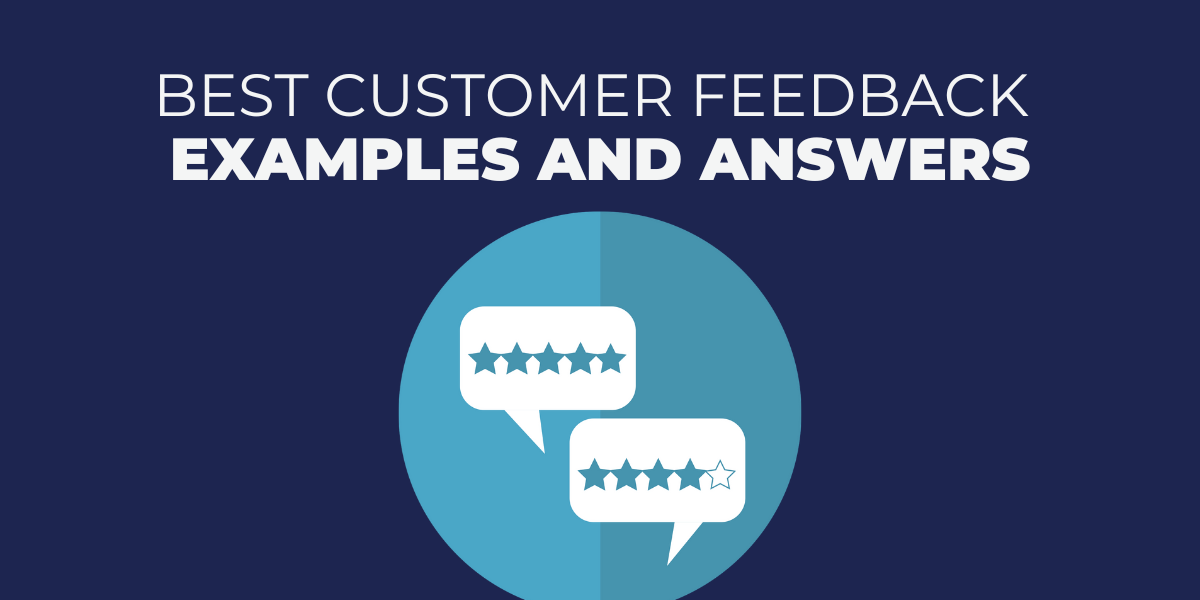Your business’s online reputation is more important than ever. In the past, companies could get away with a few bad reviews, but now, potential customers are doing their research before they ever step foot in your store or use your service.
This means that you must be proactive about monitoring your brand online reputation and responding to positive and negative reviews.
Here are a few examples of how you can do this:
Monitoring Your Online Brand Reputation
The first step in managing your brand’s online reputation is monitoring what’s being said about you. There are a few different ways to do this:
1. Google Alerts – You can set up Google Alerts for your business name, product name, and key employees. Google will send you an email whenever there is a new mention of your business online.
2. Social Media Monitoring – You can also use social media monitoring tools like Hootsuite or Sprout Social to track mentions of your brand on social media. You can also use social media monitoring tools like Hootsuite or a Hootsuite alternative like Sprout Social to track mentions of your brand on social media.
3. Review Sites – Finally, monitoring review sites like Yelp and Google Reviews is a good idea. You can also set up alerts for these sites to be aware of new reviews.
Now that you know how to monitor your business reputation, it’s time to start responding to positive and negative reviews.
Regarding positive reviews, always take the time to say thank you. A simple “thank you for your positive review” goes a long way.
For negative reviews, there are a few different ways you can respond:
1. Apologize – The first step is always apologizing for the bad experience. Even if it wasn’t your fault, an apology shows that you care about your customers and their experience with your business.
2. Offer a Solution – Next, try to offer a solution to the problem. This could be a refund, coupon, or something else that would make the customer happy.
3. Ask for Contact Information – If the customer is still unhappy after you’ve offered a solution, ask for their contact information so you can take the conversation offline. This way, you can try to resolve the issue without it being public.
4. Don’t Take it Personally – It’s important to remember that not every customer will be happy. It’s OK to get a few negative reviews. What’s important is how you respond to them.
By monitoring your brand online reputation and responding to positive and negative reviews, you can show potential customers that you care about their experience with your business. This can go a long way in building trust and developing long-term relationships with your customers.
What is online reputation monitoring?
The term “online reputation management monitoring” refers to tracking, analyzing, and responding to online mentions of your brand or business. This can include anything from press coverage and social media posts to reviews on rating and review sites.
It’s essential to monitor your online reputation because what people say about you online can significantly impact your business. Positive reviews and mentions can help attract new customers, while negative ones can discourage people from doing business with you.
Online reputation monitoring is key to managing your online presence and ensuring that your brand is presented in the best light possible.
How do I monitor online reputation management?
There are several ways to monitor your online reputation management. The most important thing is to be proactive and keep an eye on what people say about you or your business online.
One way to do this is to set up Google Alerts for your or your business’s name. This email will be sent anytime someone mentions you or your business online.
Another way to keep track of your online reputation is to use social media monitoring tools like Hootsuite or BuzzSumo. These tools will help you track people’s opinions about you or your business on social media.
Finally, it’s also a good idea to regularly search for your or your business’s name on Google to see what comes up. This will help you catch anything that you may have missed.
Monitoring your online reviews is essential because it lets you stay on top of what people say about you or your business. It also allows you to take action if something negative is said. By taking these steps, you can help protect your online reputation.
How do you check your online reputation?
It’s essential to keep tabs on your online reputation, especially if you’re a business owner or public figure. There are a few different ways to do this:
1. Use Google Alerts – You can set up Google Alerts for your name, brand, or company. This email will be sent whenever something new is published with your keywords.
2. Check social media – Search for your name or brand’s online presence on social media platforms like Twitter and Facebook. This will show you any mentions or conversations about you.
3. Use a tool like Reputation.com – Reputation.com offers tools and services to help you monitor and improve your online reputation.
4. Do a general search – Occasionally, do an available search on your name or brand to see what comes up. This can give you an idea of how you’re perceived online.
Monitoring your online reputation is essential to maintaining a positive image. By knowing what’s being said about you, you can take steps to improve your reputation if necessary.
How do you monitor reputation?
There are several ways to monitor your reputation. Google Alerts is an excellent place to start, as it can notify you whenever your name or brand is mentioned online. Social media monitoring tools can also help keep track of what people say about you online. Additionally, you can set up Google Search Console and Google Analytics to track how people find your website and what they do once they get there.
Finally, it’s always a good idea to perform regular searches for your name and brand to see what’s being said about you online. By doing all these things, you can get a good sense of what people are saying about you and take steps to improve your reputation if necessary.
Why Online Reputation Matters for Businesses and Brands
Online reputation is vital for businesses and brands because it helps them to build trust with potential customers. When customers see that a firm or brand has an excellent online reputation, they are more likely to do business with that company. A good online reputation can also help businesses and brands to attract new customers and grow their business.
There are a few things that businesses and brands can do to build a positive online reputation:
- They should make sure that their website is up-to-date and looks professional.
- They should interact with their customers regularly on social media sites like Twitter and Facebook.
- They should encourage satisfied customers to leave positive reviews on popular sites like Yelp and Google Business Profile.
By taking these steps, businesses and brands can build a solid online reputation that will help them to succeed.
Customer trust is essential for businesses and brands. Online reputation management can help companies and brands to build trust with potential customers and grow their business.
How to respond to negative reviews
You’ll inevitably receive a negative review at some point. Whether it’s a one-star rating on Yelp or a scathing comment on Facebook, how you respond is critical to maintaining your business’s reputation.
Here are a few tips on how to respond to negative online reviews:
1. Don’t take it personally. It’s important to remember that not everyone will be happy with your product or service. Try to stay calm and objective when responding.
2. Thank them for their feedback. Even though it’s negative, the reviewer is allowing you to improve your business. Show them you’re grateful for their input by thanking them in your response.
3. Offer a solution. If the reviewer has a valid point, offer a solution. For example, if they didn’t like your product, offer to send them a replacement or refund their purchase.
4. Ask for feedback. Use the negative review to get constructive feedback from your customers. In your response, you can ask them how you could improve your product or service.
5. Keep it professional. No matter how upset you are, keeping your response professional is essential. Avoid using profanity or attacking the reviewer personally. This will only make things worse and damage your reputation further.
Following these tips can turn a negative review into a positive opportunity to improve your business.
Tips to Get Online Reviews on Social Media Platforms
It’s no secret that social media can be a powerful marketing tool. But many businesses don’t realize that social media can also be a great way to get customer reviews.
Here are a few tips to get more reviews on social media:
1. Make it easy for customers to leave reviews
Make sure your business is listed on popular review sites and make it easy for customers to find your listings. Add links to your review listings on your website and social media profiles.
2. Ask customers to leave reviews
Don’t be shy about asking customers to leave reviews. A simple request can go a long way. You can invite customers to leave reviews in person, via email, or even on your receipts.
3. Respond to reviews
Be sure to respond to all reviews, both positive and negative. Thank customers for their feedback and address any concerns they may have expressed. This shows that you’re listening and caring about your customers’ experience.
4. Share positive reviews
When you receive a positive review, share it on your social media profiles. You can also include testimonials from satisfied customers on your website or in marketing materials.
5. Encourage employees to ask for reviews
Your employees are often the first point of contact for customers, so they can play a significant role in getting more reviews. Train employees on the importance of asking for reviews and give them some talking points.
Following these tips can help you get more reviews on social media, improving your business’s online presence and reputation.
Best Examples to Handle Customer Feedback With Templates
There are a few different ways to handle customer feedback, but using a template is the best way to do it. Templates can help keep your responses organized and ensure that you cover all of the necessary information. Not only do templates make it easier to respond to customers, but they also make it easier to track customer interactions over time. This can help you better understand your customers’ needs and preferences.
There are a few different types of templates that you can use, but the most common type is a bulleted list. This type of template is easy to follow and ensures you don’t miss any critical points. Another type of template that you can use is a table. A table is an excellent option if you need to provide a lot of information or if you want to track multiple interactions with a customer.
When creating your templates, be sure to include the following information:
- The problem or issue that the customer is experiencing
- What have you done to try and fix the problem
- What do you plan on doing to fix the problem
- Any other relevant information
Templates can be a lifesaver when it comes to responding to customer feedback. They make it easy for you to provide accurate and timely information, which can help keep your customers happy.
Best Online Reputation Management Tools
Several great online reputation management tools are available to help you control and improve your online presence. Some of the best include:
1. Google Alerts: This free service from Google allows you to monitor the web for mentions of your name or brand. You can then take action to respond to negative comments or reviews or keep track of what people are saying about you online.
2. Social Mention: This free social media monitoring tool allows you to track and measure what people are saying about you across the web, including on social media sites like Twitter and Facebook.
3. Reputation.com: This paid service offers a comprehensive suite of tools to help you manage your online reputation, including monitoring, reporting, and response tools.
4. Hootsuite Insights: This paid social media analytics tool offers online reputation management software features, allowing you to track what people say about you across the web and on social media.
Using one or more of these tools can help you take control of your online reputation and ensure that your name or brand is presented in the best possible light online.
Hiring Web Influencers for Word of Mouth Marketing
When it comes to marketing, word of mouth is still one of the most powerful tools in a company’s arsenal. Word of mouth has taken on a new form in the digital age: web influencers.
A web influencer is somebody with a large online following who can generate buzz and conversation around your brand. Because they have such a large platform, their endorsement can reach many people and significantly impact them.
Remember a few things when hiring web influencers for your word-of-mouth marketing campaign:
- Make sure that they align with your brand. Their values should align with what you stand for as a company.
- Consider their reach. How many people do they have in their online network? The more, the better.
- Take a look at their engagement levels.
How active are their followers? Do they seem to respond well to the influencer’s content?
If you keep these things in mind, you’ll be on your way to hiring web influencers who can help take your word-of-mouth marketing to the next level.
Popular Industry Specific Review Sites
Industry-specific review sites are a great way to learn about new products and services and discover what other people in your industry think about them. Review sites can be an excellent resource for finding new suppliers or getting insights into how well existing suppliers perform.
Most industry-specific review sites will let you search for reviews by keyword or supplier name. This can be a great way to narrow down your options and find the most relevant results.
Some popular industry-specific review sites include:
These review sites can be a great way to start your research for a new product or service. Checking out what others in your industry think about different suppliers can help you narrow down your options and find the best fit for your business.
Frequently Asked Questions
How can I improve my online reputation?
There are a few key things you can do to improve your online reputation:
1. Monitor what is being said about you online. Use Google Alerts or another monitoring service to set up alerts for your name or brand. This will help you track what is being said and respond quickly to negative comments.
2. Be proactive in promoting positive content about yourself or your brand. This could include blog posts, articles, reviews, or social media posts.
3. Respond quickly and professionally to any negative comments or reviews. This shows that you are taking responsibility for your reputation and are willing to listen to feedback.
4. Encourage satisfied customers to leave positive reviews on popular sites like Google, Yelp, or TripAdvisor.
5. Use social media to build relationships and interact with your customers. This can help create a positive association with your brand.
Following these tips can improve your online reputation and ensure that potential customers have a positive impression of you or your business.
What is an online reputation management tool?
An online reputation management tool is software that helps you monitor and improve your online presence. It can help you track what people are saying about you online, identify negative reviews and comments, and take steps to improve your reputation.
Many different online reputation management tools are available, each with its advantages and features. Some popular tools include Google Alerts, Mention, Brandwatch, and Trackur.
Choosing the right tool for your needs will depend on several factors, including the size and scope of your online presence, the available budget, and the level of sophistication you need.
A simple tool like Google Alerts may be all you need if you’re starting. A tool like Brandwatch or Trackur may be a better option for more complex needs.
No matter which tool you choose, an online reputation management tool can be valuable in protecting and improving your online reputation.
What are the three categories of tactics for reputation management?
There are three reputation management tactics categories: proactive, reactive, and preventative.
Proactive tactics are those you take to improve your online reputation before there is a problem. This might include creating positive content about your brand or engaging with customers on social media.
Reactive tactics are those you take in response to an adverse event or review. This might include responding to the negative event directly or creating new content to offset the negativity.
Preventative tactics are those that you take to avoid future problems. This might include things like monitoring your online presence for early signs of trouble or implementing policies and procedures to prevent negative events from happening in the first place.
Which tactics you use will depend on your specific situation and goals. But, by using a combination of all three types of tactics, you can effectively manage your online reputation.




















